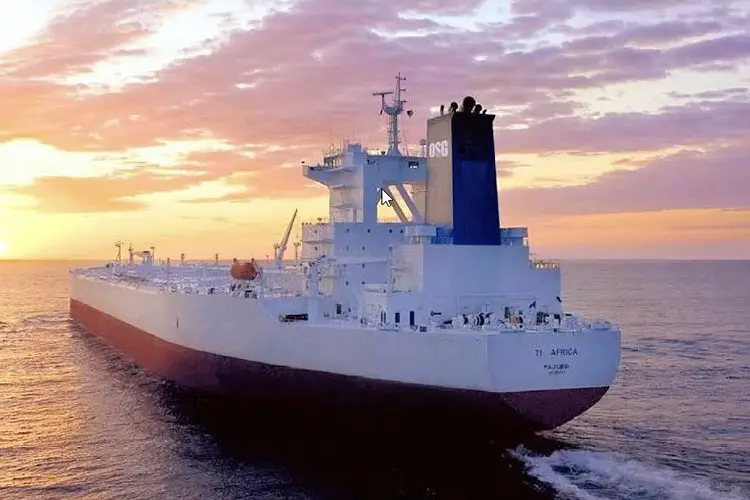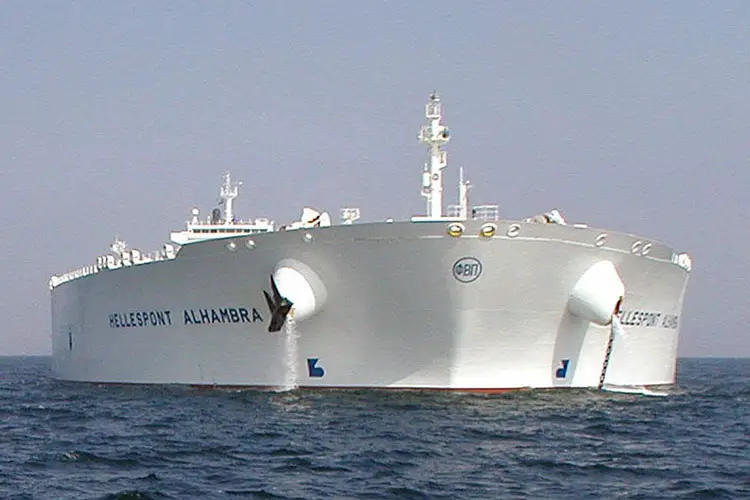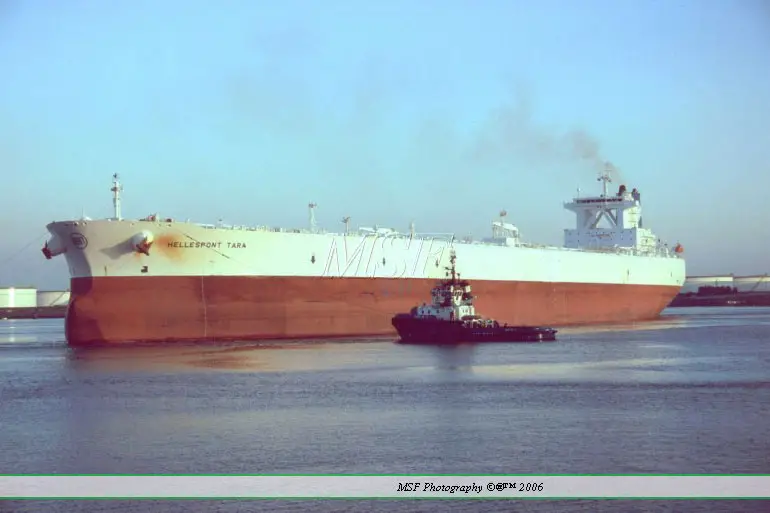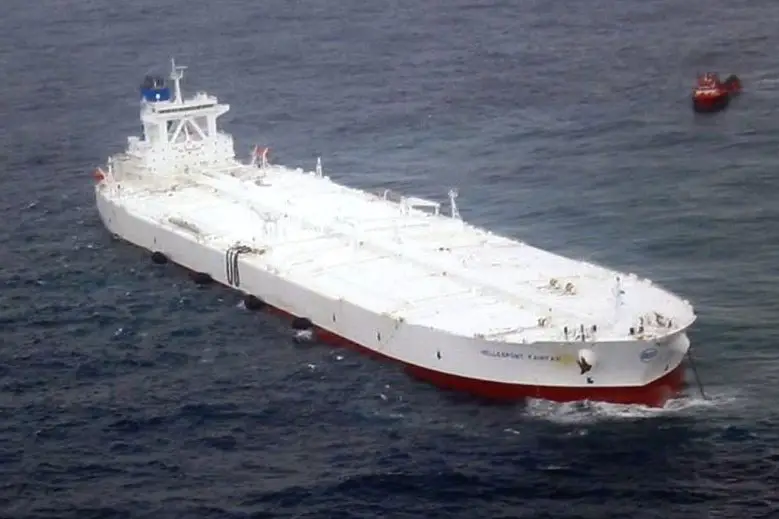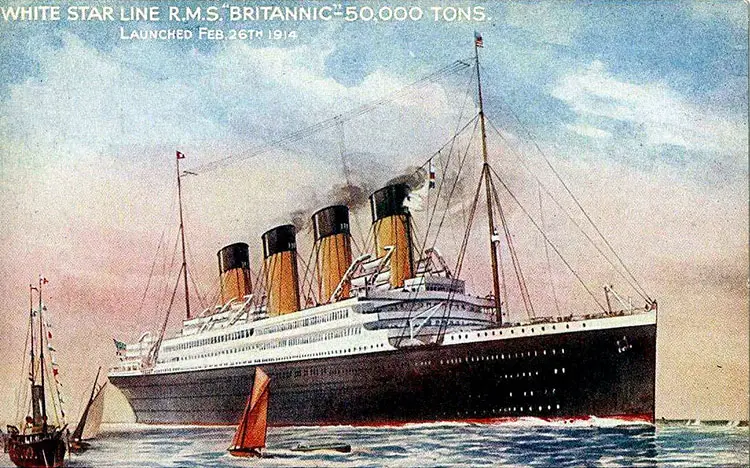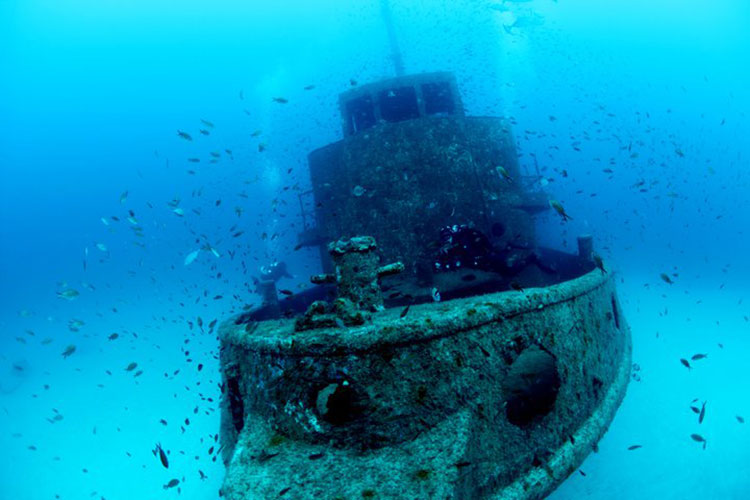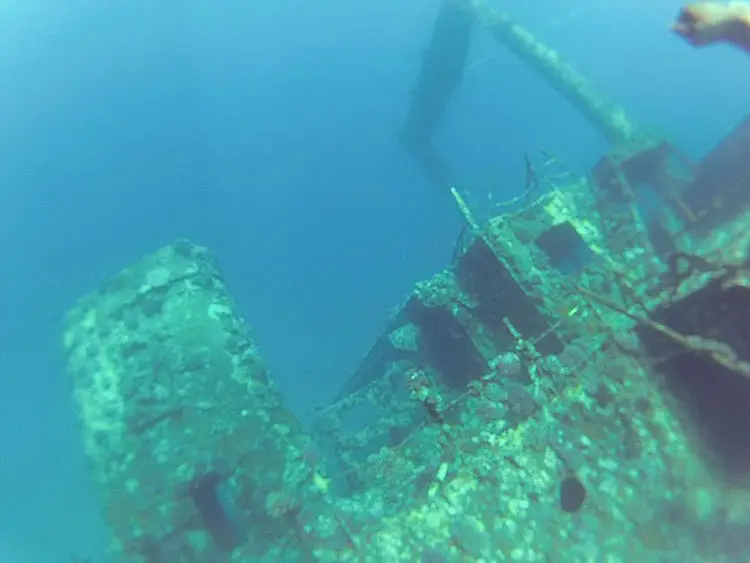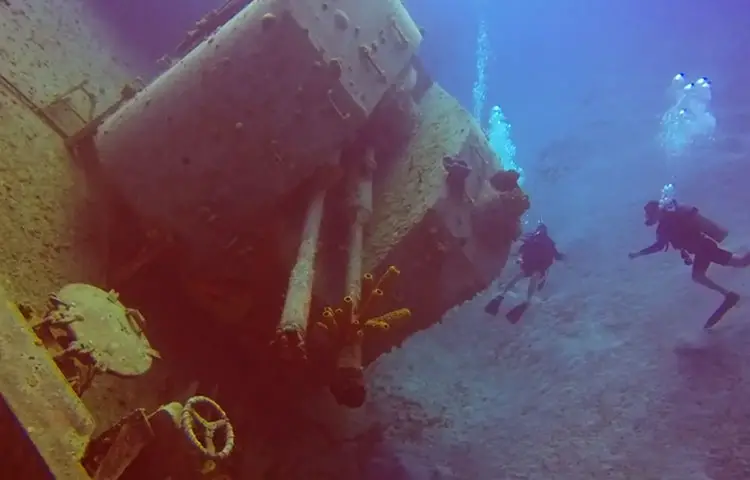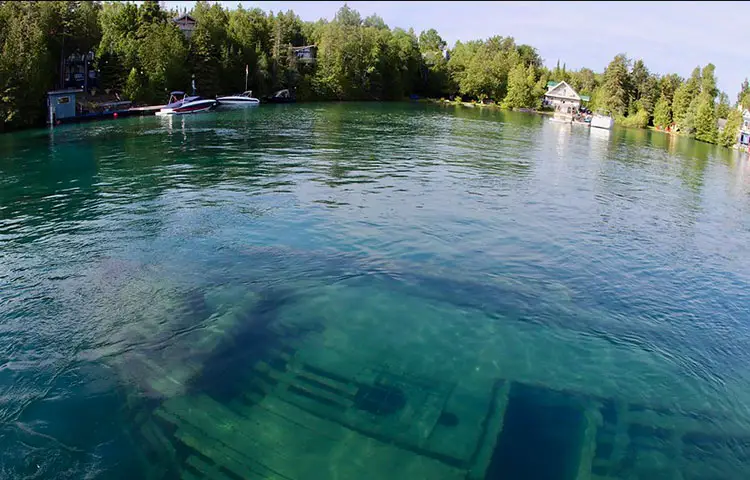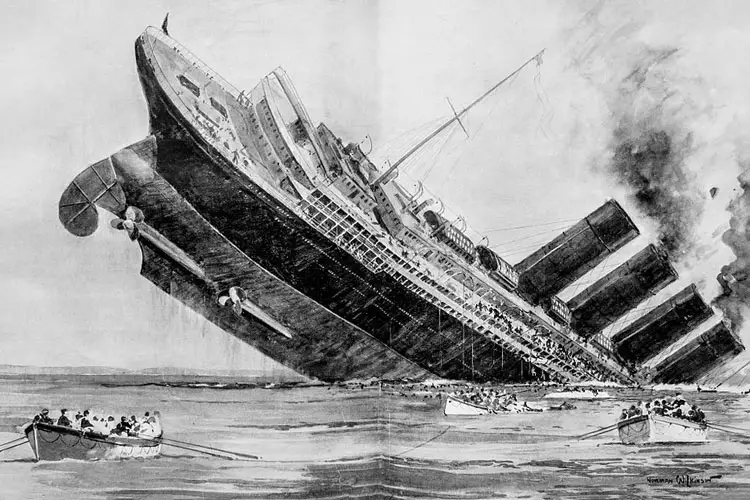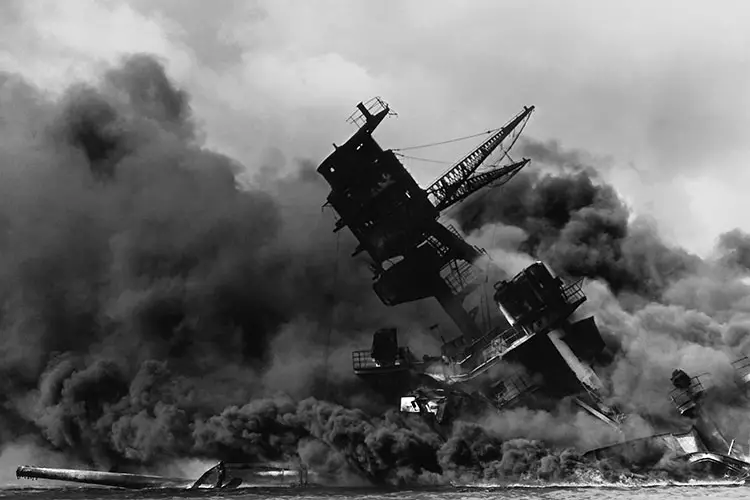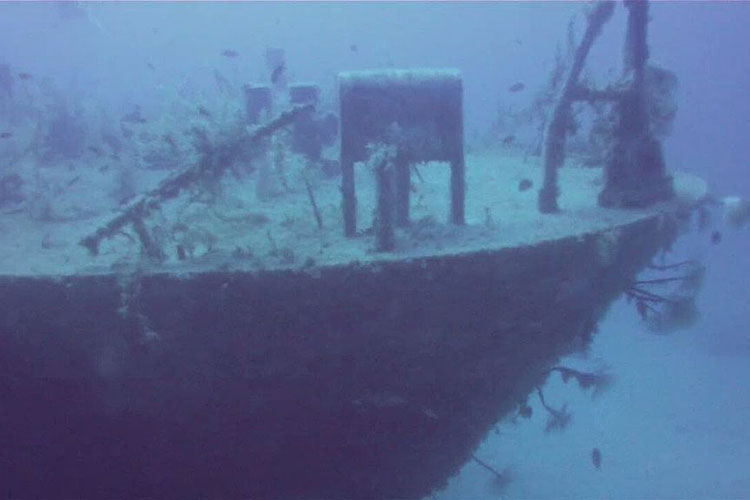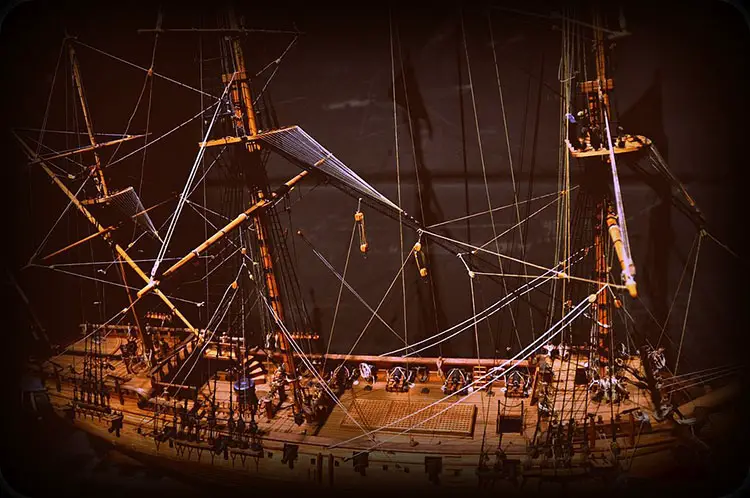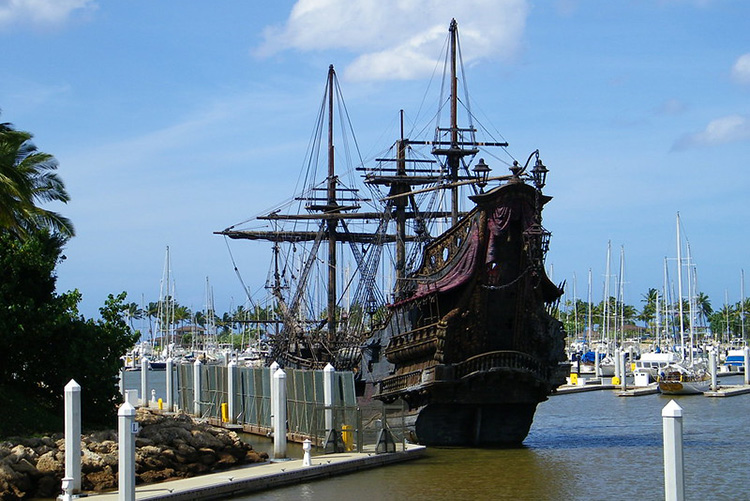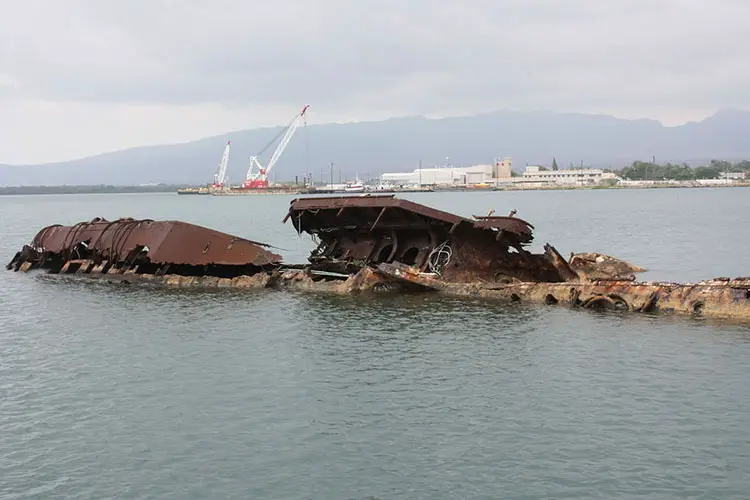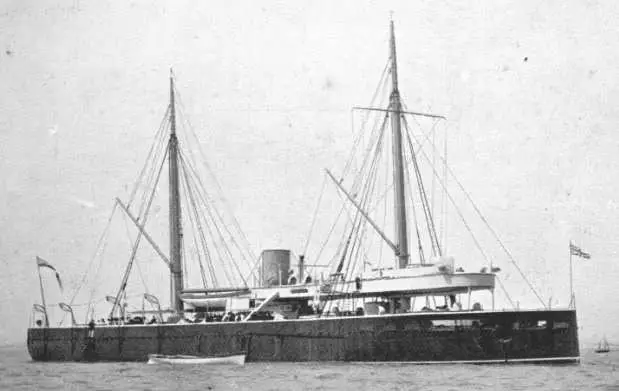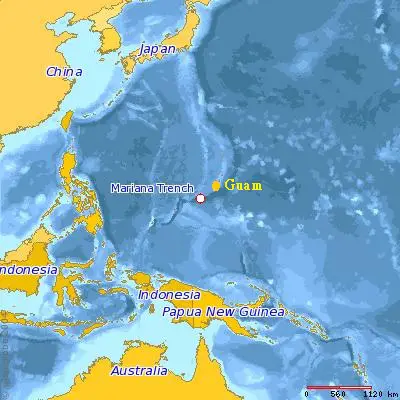Modern-day ships are equipped with several modern equipment and safety measures to ensure a smooth and successful voyage. These new techniques have emerged and evolved from years and years of study, research and experimenting. One such system is the Automatic Identification System or AIS. This article discusses the meaning of this term, the purpose and uses of the system, its working, its limitations and the kind of role it plays on present-day vessels.
What is an Automatic Identification System?
An automatic identification system is a tracking system used by vessel traffic services. It displays the vessels lying in the proximity of another in order to avoid a collision. It uses transponders on ships. It is used for exchanging navigational information with the help of electrical signals.
What does AIS do?
As the term suggests, this system is automated and autonomous. AIS transponders are mandatory to be carried by all commercial vessels which have a gross tonnage of over 299 as well as all passenger vessels as per the International Maritime Organization since 2004.
AIS transponders consist of a global positioning system. The GPS collects the vessel position and location details. These details are automatically broadcasted via a transmitter at regular intervals of time. This information is received by base stations order vessels that are within range. These signals can be displayed on the computer all depicted on chart letters after processing. Some automatic identification systems also make the use of satellites for the same purpose.
Why is AIS used?
Automatic identification systems are quite often used as a surveillance tool especially in coastal areas where the authorities used to monitor the movement of ships through that area. The channels can also be used by the shore side authorities to convey information on tides and weather conditions to the incoming ships. Other information and instructions need to monitor ship containers in hazardous cargo for fishing vessels can also be provided with the help of AIS. It can also be used to find out about the availability of vessels in the proximity of an incident for SAR operations.
Another important use of the automatic identification system is the avoidance of collision. This is a part of providing navigational safety to the ships. Having an AIS is good for a ship as it allows to increase the situation awareness and decision making on the ship. It makes the crew of the ship aware of another vessel that may be in its vicinity. However, it is not advisable to solely rely on this system for avoidance of collision.
How does AIS work?
In the beginning, automatic identification systems were used terrestrially. In the system, the signal was sent from the boat to the land. It had a very small range of just about 20 miles and the signal began to get weaker as the boat moved further away.
Later on, satellite systems started getting adopted. Now the ships could send a signal to satellites and the satellites send them back to the land. This enables the authorities on land to know exactly where the ship is and at what time.
The automatic identification system consists of a transmitter, receivers and marine electronic communications link for sensor systems and display.
A GPS is normally used to derive the coordinates that are the position and timing of the vessel.
One channel is sufficient for communication. Still, the most station transmits and receive more than one radio channel so as to avoid interference and communication losses with ships.
Every 6 minutes, static information like name and call sign, length and beam, type of ship, location of antenna, MMSI no., IMO no. etc. are transmitted. dynamic information transmitted includes the position of the ship, the position time stamp and the course over ground. Other than this information transmitted at regular intervals of time includes the draught of the ship, destination, the type of cargo being transported, routine plan, etc.
The main purpose behind fitting AIS on ships is for their identification and navigational marks. In regions like the Panama Canal, the automatic identification system is also used to provide information about rain, wind and other weather conditions.
Though it was initially started as a method of controlling marine traffic and avoiding collisions, it is an undeniable fact that its capabilities are applicable to a wider spectrum. Nowadays these systems are used by port authorities, ship owners, managers, builders, ship agents, brokers, researchers, data analysts, charterers, hotel, and tour operators, search and rescue teams, operators, pilots, harbormasters, flag administrators, classification societies, passengers, sailors, vessel crew, coast guards, border patrol, marine enthusiasts, radio amateurs, environmental protection agents, etc.
AIS Types
Class A
Class A AIS is included for all SOLAS vessels of 300 gross tonnage and upwards engaged on international voyages, vessels of 500 gross tonnage and upwards not engaged on international voyages and passenger ships irrespective of size.
Class B
Class B AIS is intended for non-SOLAS vessels. These include domestic commercial vessels such as pleasure crafts. AIS Class B units provide less functionality than Class A units but they operate and communicate with AIS Class A units and other types of AIS units.
What Information is transmitted by an AIS?
An AIS can send 2 types of information – Dynamic or Static information.
1) Dynamic information refers to the data transmitted every 2-10 seconds depending on the vessel’s speed and course while underway or every 6 minutes if the vessel with Class A transponder is at anchor.
- MMSI number: unique identification number with nine digits
- AIS Navigational Status: “0=under way using engine”, “1=at anchor”, “2=not under command”, “5=moored”, “8=under way sailing”
- Rate of Turn: right or left (0 – 720 degrees per minute)
- Speed over Ground: from 0 to 102 knots (189 km/h) with 0.1-knot resolution (0.19 km/h)
- Position: (latitude&longitude – up to 0.0001 minutes accuracy)
- Course over Ground: relative to true north to 0.1°
- Heading: 0 – 359 degrees
- UTC seconds: the seconds’ field of the UTC time when these vessels’ data was generated
2) Static & Voyage related information is provided by the subject vessel’s crew and is transmitted every 6 minutes regardless of the vessel’s movement status
- International Maritime Organisation number (IMO number): a unique code associated with the hull which remains the same throughout a ship’s lifetime even if it changes owners.
- Call Sign: international radio call sign assigned by the vessel’s country’s licensing authorities
- Name: Name of the vessel. It can have a maximum of 20 characters
- Type: It consists of two digits. While the first digit indicates the vessel’s category and the second digit provides tells the type of cargo.
- Dimensions: indicates the size of the vessel to the nearest meter
- Location of the positioning system’s antenna on board the vessel: distance from bow, stern, port and starboard sides in meters
- Type of positioning system: GPS, DGPS, Loran-C, GLONASS, etc.
- Draught: 0.1 – 25.5 meters
- Destination: upto 20 characters
- ETA (Estimated Time of Arrival) at destination: UTC month/date hours:minutes
Where is AIS Used?
AIS used by a diverse set of professionals such as :
- Port Authorities and Harbor Masters
- Tug Operators and Pilots
- Coast Guard and Border Patrol
- Ship Owners, and Builders
- Ship Agents, Brokers, and Charterers
- Researchers and Data Analysts
- Naval Search and Rescue teams
- Flag administrators and Classification Societies
- Vessel crews and family members
- Hotels and Tour operators
- Passengers or recreational sailors
- Environmental Protection agents
- Maritime Enthusiasts and Radio-amateurs
Limitations of AIS
AIS has proved to be an efficient and important part of modern ships. However much like any other implementation in the world, the AIS has its limitations.
First of all, the accuracy of the information which is received depends on the information transmitted and is only as good as the latter. Even today not all ships are equipped with an automatic information system. one should also be aware that an automatic information system can be switched off by any vessel at any time. Due to this, the ship might negate any information that it has previously received. Accuracy of the positions that is the latitude and longitude received by the GPS is also not certain. There is only so much that can be done about precision.
Finally, one must understand that the automatic information system is one of the best tools ever to be introduced in the marine industry. It forms an important part of the navigational equipment on board modern vessels. As useful as it is for navigation and accident prevention, it should be realized that the system is merely present for the purpose of assisting the crew of the ship and it cannot completely replace human beings or human resources.
from WordPress
https://www.maritimemanual.com/automatic-identification-system-ais/
